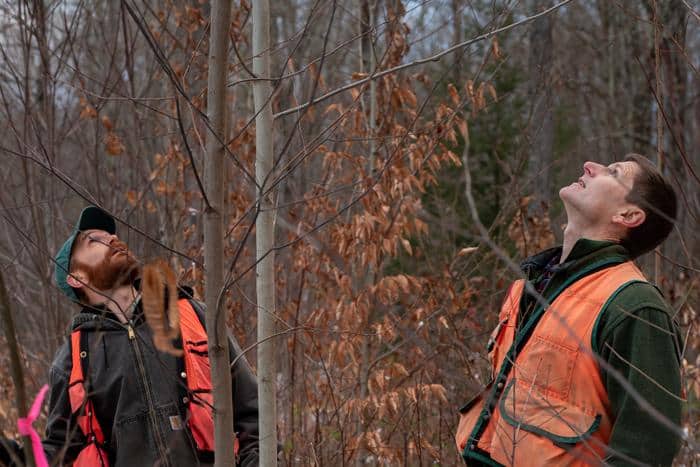A new report by the US Department of Agriculture presents a concerning picture of the future of the nation’s forests.
By 2070, US forests are expected to release more carbon than they store, effectively becoming natural carbon emitters.
It comes as insufficient new trees are planted, with mature forests outpacing young forests.
Older trees are more susceptible to climate effects – the shift to an older cohort leads to more trees dying than growing in forests.
The answer could lie in afforestation and plantation establishment.
Like Australia and the UK, the US has failed to invest in plantation establishments to meet the climate and industry needs.
In addition, a shortage of tree seedlings is hampering planting efforts.

Last month, Wood Central reported that afforestation has bipartisan support amongst Democrats and Republicans.
The Biden Administration will invest USD 300 million to improve the measurement of carbon emissions in farming and forestry.
Crucially, the funding will come from a USD 20 billion allocation for climate-smart agriculture that received bipartisan support last year.

According to the US Department of Agriculture, mature trees hold the most carbon in total, but the growth slows after reaching an optimal size.
Young trees, on the other hand, rapidly take up carbon for growth.
Effectively, failure to invest in afforestation has resulted in less carbon absorbed by forests each year.
Potentially, this could lead to a wood famine as the industry grapples with dwindling supply stock.

Past science has supported removing old forests to make way for young forests, but experts now believe this approach needs to be revised.
Mature forests are slow-growing, but emerging evidence suggests they continue sequestering carbon far outpacing younger forests.
The report warns that “the ability of forests to provide the goods and services that society depends upon will be challenged over the next 50 years.”
In April of this year, the US Forest Service announced a pathway to protecting mature trees from being cut down in federally managed forests.

However, the challenge for the US is that private landowners own most forests.
“There are an estimated 9.6 million family forest ownerships across the country, and they control more forest land than any other ownership category (39 per cent, excluding interior Alaska),” according to the report.
“Most do not have a written forest management plan and have not received forest management advice.”
The key lies in boosting the number of private landowners who practice sustainable forest management.
In recent years, the Sustainable Forestry Initiviate (SFI) and the Forestry Stewardship Council (FSC) introduced new forest management standards targeting small-scale forest management and family forests.
That way, landowners are commercially incentivised to introduce and follow forest management plans by carrying claims on forest products harvested from private forests.
According to Science Alert, even more discouraging is that federal forests are managed in ways that threaten the future of ecosystems.
In June, the US Forest Service announced its plans to allow carbon waste from industry to be dumped in national forests.
“Turning our national forests into industrial dumping grounds is outrageous and completely wrongheaded,” says Victoria Bogdan Tejeda, an attorney at the Center for Biological Diversity’s Climate Law Institute.
“There’s no place in our national forests for carbon capture scams that only benefit polluting industries. The administration should scrap this rule and enact one that protects mature and old-growth forests and trees.”
If the US wants to reach its net-zero emissions goal by 2050, it must remove as much carbon from the atmosphere as it emits.
Doing so, Science Alert reports, without its carbon-absorbing forests, will be extremely difficult.
The USDA report is available here.






